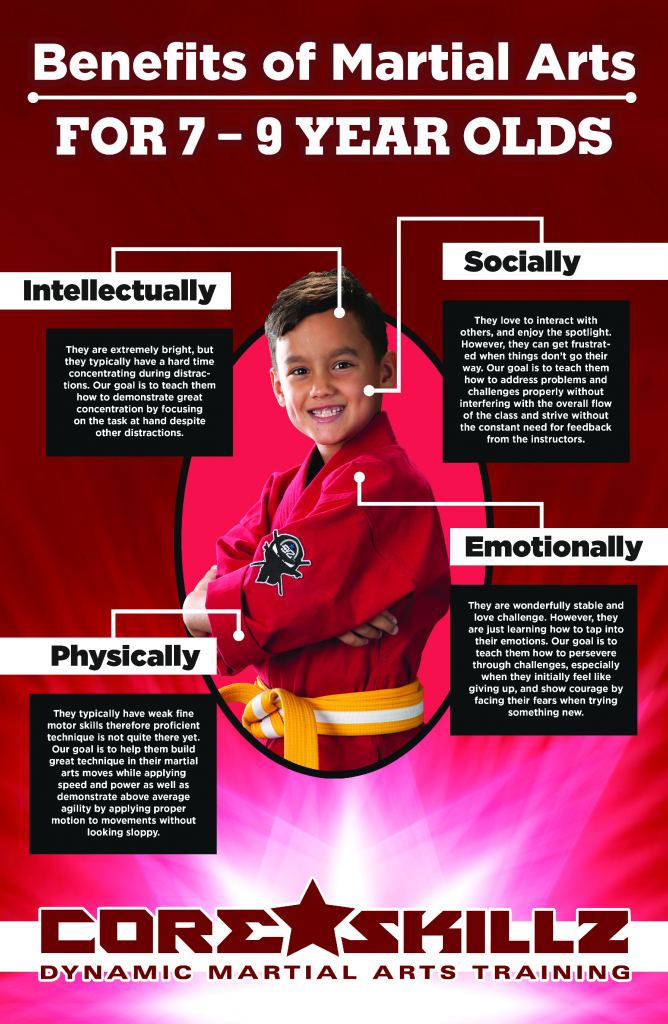Traditional Martial Arts And Modern Combat Sports: A Detailed Summary Of Their Distinct Distinctions
Traditional Martial Arts And Modern Combat Sports: A Detailed Summary Of Their Distinct Distinctions
Blog Article
Article Developed By-Camp Fink
When you think about martial arts, do you lean more toward the conventional practices or the modern combat sports? Each course supplies special benefits and experiences, shaped by their viewpoints and training methods. Traditional martial arts emphasize personal development and discipline, while modern combat sporting activities focus on competition and performance. Comprehending relevant website can guide you in choosing the appropriate approach for your journey. Yet just how do these differences show up in training and philosophy?
The Viewpoint and History Behind Traditional Martial arts
While many individuals link martial arts with physical battle, the philosophy and history behind traditional martial arts run much deeper. You'll find that these techniques emphasize individual growth, discipline, and regard.
Stemming from ancient methods, typical martial arts were usually created for Self-Defense and spiritual development. They embody concepts such as equilibrium, harmony, and self-discipline, leading experts beyond plain fighting abilities.
As you educate, you'll not just learn methods however additionally acquire insights into the culture and values that shaped these arts. The routines and practices, usually given via generations, promote a sense of neighborhood and belonging.
The Competitive Nature of Modern Combat Sports
Modern combat sporting activities have actually transformed the landscape of martial arts right into a highly affordable sector, where professional athletes face off in a test of skill, technique, and endurance.
You'll discover that competitions are typically arranged with strict rules and guidelines, guaranteeing fair play and security. These events attract large audiences, sustaining the excitement and strength of matches.
Athletes train carefully, not just for physical expertise but also for psychological sturdiness, knowing that every information counts in the ring. The adrenaline rush throughout competitions is apparent, as boxers press their limits to claim victory.
mouse click the up coming article appreciate the athleticism and virtuosity involved, making modern fight sports a thrilling phenomenon that continues to progress and astound enthusiasts worldwide.
Training Techniques and Strategies: A Relative Evaluation
The competitive environment of modern-day combat sporting activities needs cutting-edge training approaches that vary substantially from standard martial arts.
In contemporary training, you'll focus on specific strategies, sparring, and conditioning, frequently making use of drills that imitate real fight scenarios. You'll see an emphasis on measurable performance and frequent competition to examine your skills.
On the other hand, typical martial arts focus on kinds, katas, and philosophical trainings, typically stressing discipline and respect over competitors.
Training is generally much less extreme and may entail recurring technique instead of real-time sparring.
While both methods construct skill and fitness, modern battle sporting activities offer a more vibrant and versatile training environment, preparing you for prompt difficulties in the ring or cage.
Choose the path that straightens with your goals and rate of interests.
Conclusion
In selecting in between traditional martial arts and modern-day battle sports, it really comes down to what you value a lot of. If you're searching for personal growth, self-control, and a feeling of area, standard arts might be your best fit. Yet if you flourish on competition and real-time challenges, contemporary battle sporting activities could be the method to go. Ultimately, martial arts training in india use special benefits, so it's everything about straightening your training with your individual goals and interests.
